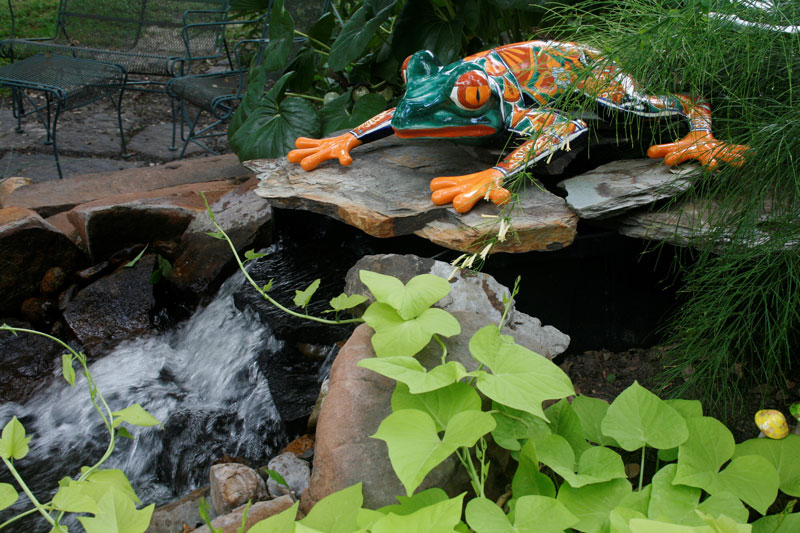Talavera – A tradition lives on – by Diane Morey Sitton
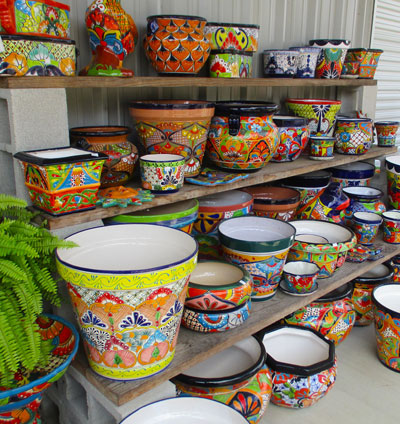
It’s easy to see why gardeners are drawn to Talavera pottery: the colors are as vibrant as a tropical bouquet, and the hand-painted designs are as intricate as the markings on a butterfly’s wing. As if those features weren’t alluring enough, there’s the vast array of planters, pots, wall décor, garden ornaments, vases and tiles to choose from.
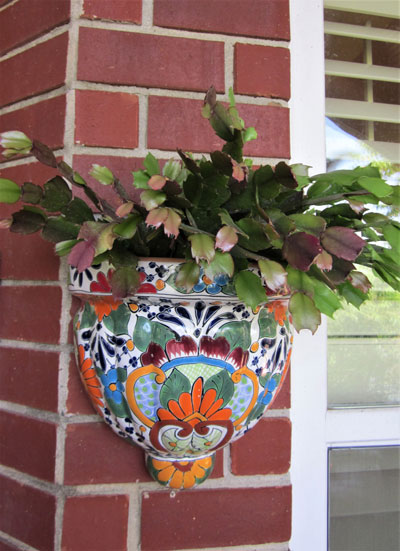
Talavera draws its name from Spain’s Talavera de la Reina, a 16th century pottery mecca known for Majolica, a high quality ceramic that features complex cobalt blue and white patterns. In the 1500s, during the construction of Puebla – the first Spanish-built city in Mexico – Spain imported Majolica artisans to embellish the new church. Over time, their pottery-making techniques merged with the techniques and traditions of local artisans, and Talavera pottery was born.
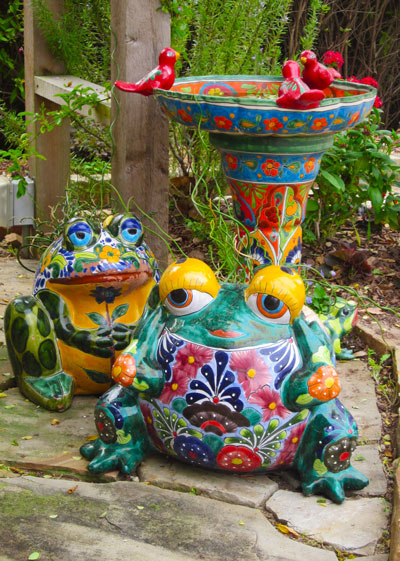
Despite its long history, the elaborate and lengthy process of handcrafting Talavera pottery has remained relatively unchanged. It starts with two types of volcanic sand, the spoils of Popocatepetl, a nearby volcano. After being collected, the sand is washed, filtered and kneaded together to form clay. Artisans work their magic by molding the clay by hand, shaping it on a potter’s wheel, or pressing it into a mold. Each piece is then set aside to dry, a process that requires several weeks – up to three months for large pieces—before being fired in kilns heated to 800 degrees Celsius.
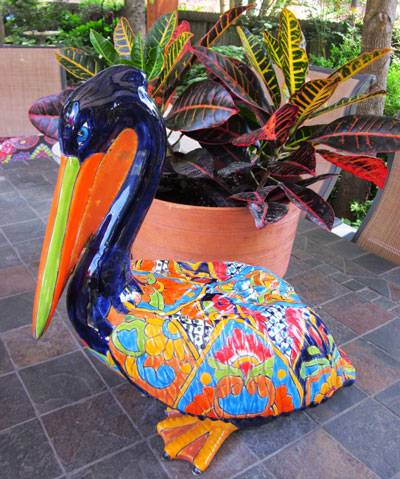
But for Talavera craftsmen, the work is only half done. Once fired, they inspect each piece for cracks before dipping it in a milky white background glaze to ready it for their storied artwork. Artisans paint the indigenous designs using only six specific pigments. The pigments come from the region’s natural minerals. Finally, each piece is immersed in a mineral bath of silica sand, tin and lead, and then fired, once more, to create the durable, glossy finish that characterizes Talavera pottery. The entire process takes weeks – even months – from start to finish.
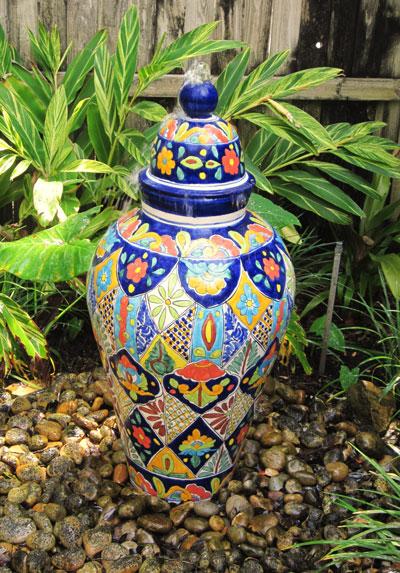
Puebla remains the center of authentic Talavera pottery, today boasting nine certified workshops. Every piece of certified Talavera bears the signature of the potter, the logo of the workshop and a hologram certifying the piece’s authenticity.
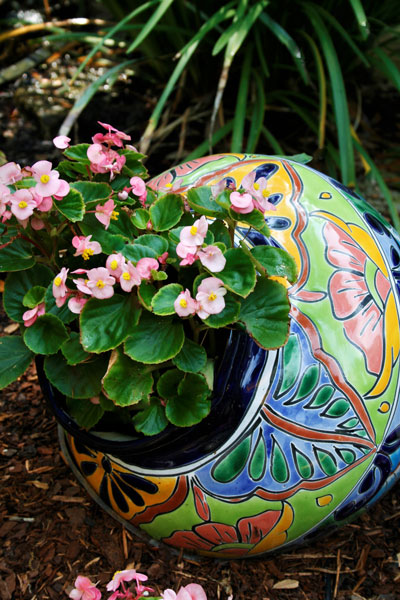
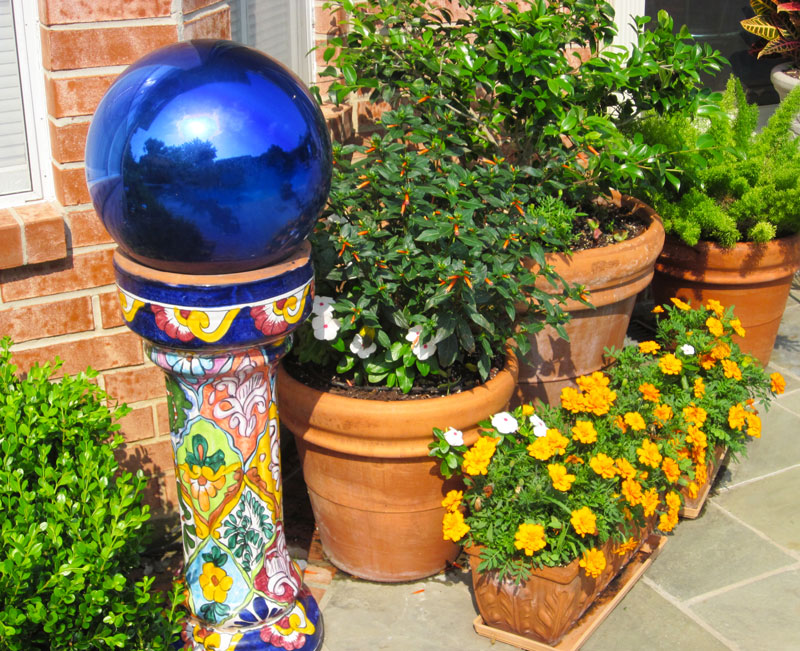
With its earth-linked legacy, floral motifs, and vibrant colors, it’s no wonder the craft endures.
How can a gardener resist!

